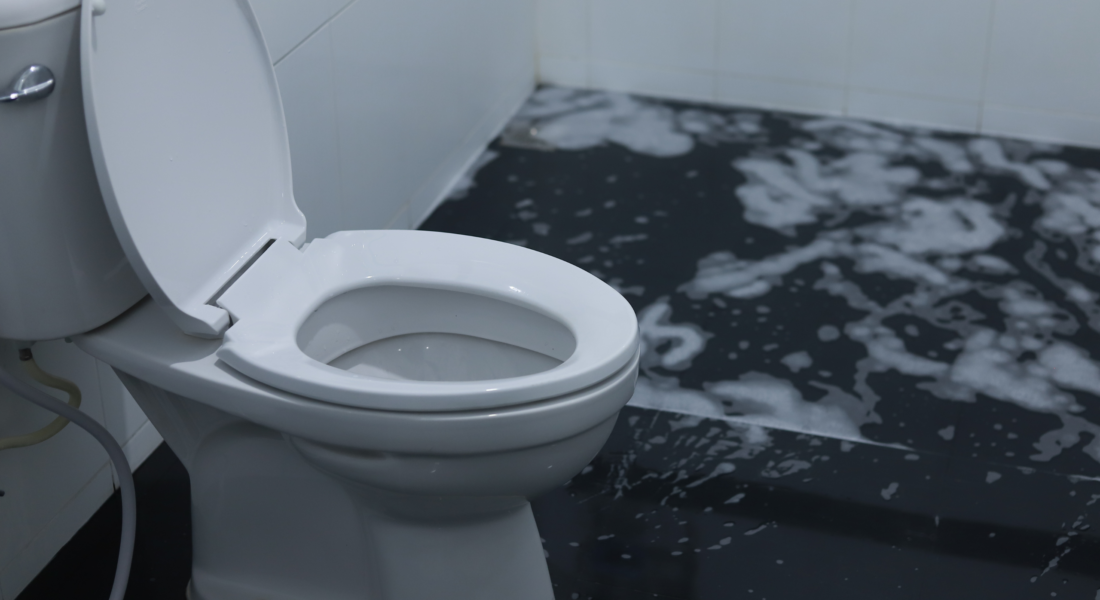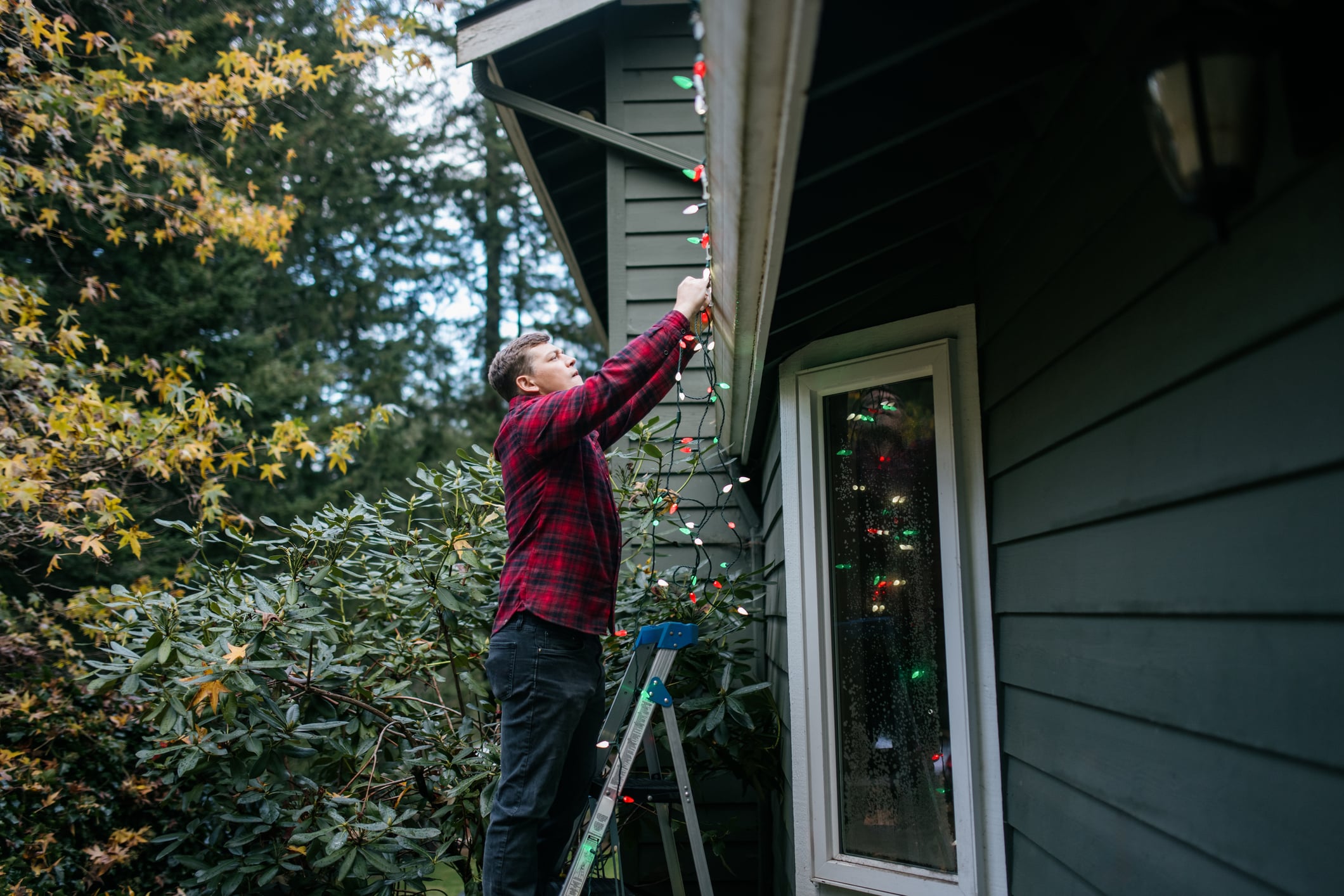We often imagine a burst pipe spewing water everywhere as a nightmare bathroom water damage scenario, but minor leaks that go undetected typically cause more serious damage over time. Even excessive moisture can lead to issues if not promptly dried.
Whether water damage stems from a large leak, small leak, or surplus humidity, knowing the common culprits of bathroom water damage and identifying the source is crucial.
Let’s take a look at some common causes of bathroom water damage.
Common Causes of Bathroom Water Damage
- Leaky Sinks: Dripping faucets are fairly common, but they may indicate a larger problem. A leak under the sink can lead to water damage in the floor and mold growth.
- Leaky Pipes: Pipe leaks within walls can be hard to detect until the damage is extensive enough to present itself in the form of stains and warping.
- Toilets: A leak from the base of the toilet can cause serious damage to the floor. If you notice water around or near the toilet, address the issue as soon as possible.
- Showers and Tubs: Similar to toilets and sinks, showers and tubs are common sources of leaks. Damaged caulking can lead to water seeping into your walls and floors.
Excessive Humidity: Bathroom fans are not just for removing bad smells. They also draw out humidity. Areas that are allowed to consistently remain moist will be more susceptible to mold growth and damage.
How to Spot Water Damage in Your Bathroom?
While some characteristics of water damage are more obvious than others, there are several signs that indicate an issue.
- Stains or Damage: Water damage that is easy to detect will present itself in the form of stains or damage to the wall, ceiling, or floor around the area of a burst pipe or leak. If you notice a discoloration, however slight, you should investigate further. Warping or bubbling paint may also occur on the wall where a leak is present. Keep a keen eye and take notice of any changes to your walls, ceilings, and floors.
- A Musty or Stale Odor: Though it may be hard to pinpoint a specific stench emanating from the bathroom, a musty or stale odor is usually a dead giveaway that there is water damage. Do not just try to cover up the smell. A musty odor can mean mold, which will require immediate remediation.
Mold or Mildew: Moisture-prone areas always pose a potential mold risk. Most mold will be visible to the naked eye, however, mold within walls or under sinks may be less obvious and can be identified by a stale stench.
What to Do When You Spot Water Damage in Your Bathroom?
Knowing the signs of water damage and its common causes is half the battle. Once water damage in your bathroom is detected, it is time to contact 24 Hour Flood Pros. Their extensive experience with plumbing, water damage restoration, and mold remediation ensure that they are more than capable of handling your powder room predicament.






